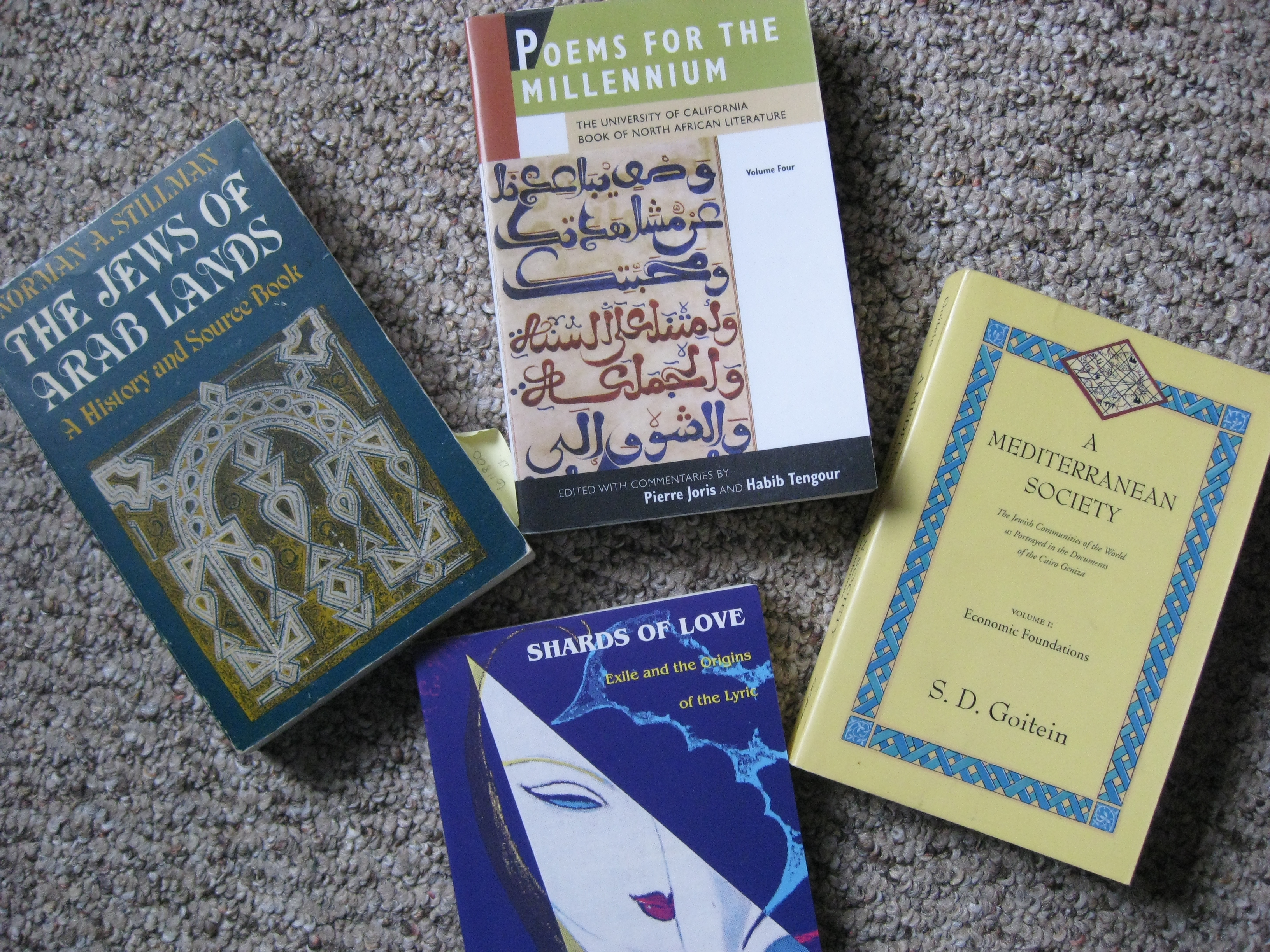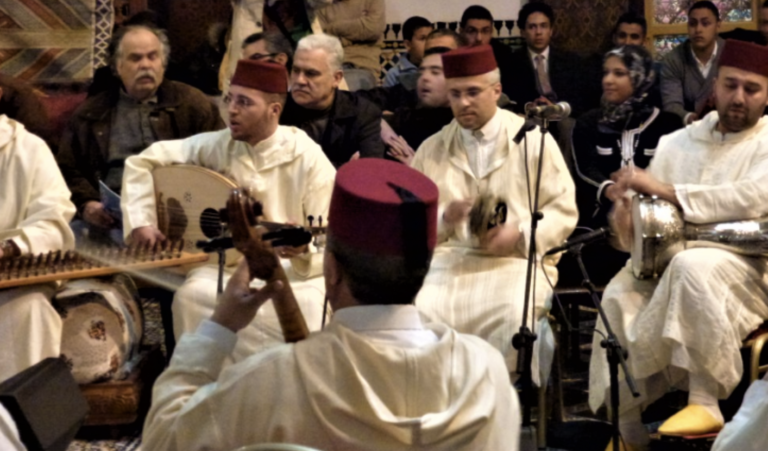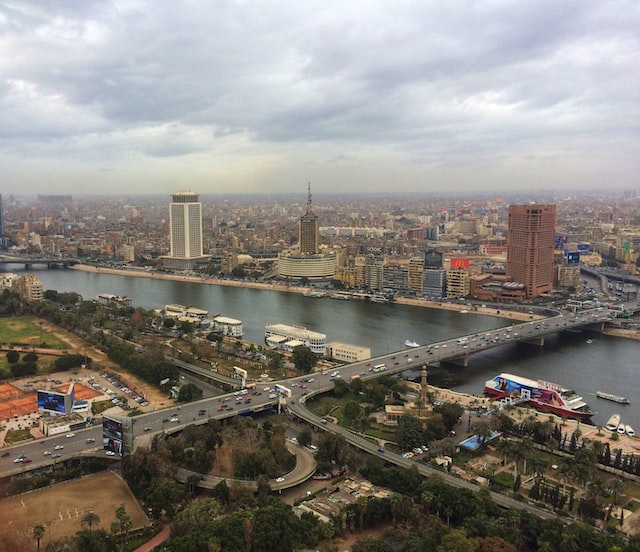Introducing Mhani Alaoui
Mhani Alaoui is a rising star in literature from Morocco. See below for reviews of her two novels. Thanks to Interlink for providing access to interesting voices and perspectives!
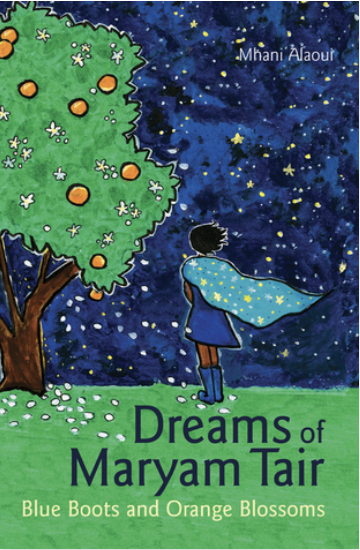
Dreams of Maryam Tair: Blue Boots and Orange Blossoms by Mhani Alaoui
Dreams of Maryam Tair is a tour de force, the most powerful novel I have yet to read in English about contemporary Morocco. I think that prior to reading this book, I would have recommended Leila Abouzeid’s Year of the Elephant for a novel about modern Morocco and women’s experiences. Now I would recommend Dreams first, especially for readers who like myth and fantasy elements. You will like this book if you have any interest in contemporary Moroccan society, and if you liked Good Omens (the play or the film series rendition). It is simultaneously serious and irreverent, comical and dramatic, enchanting and gritty. It brings together serious treatment of human dilemmas with Moroccan social issues and myth and fantasy elements.
The events take place from 1981 (the Bread Riots in Casablanca) to 2011, encompassing the ‘years of lead’ during the reign of Hassan II, and the cultural changes that spread during his son’s reign. Some of the historical topics include: mourning the fearless leader (Hassan II, p. 211), the Sixties (p. 164), the atmosphere of fear under tyranny (p. 23), the revision of the Family Law in 2004 (p. 260). I don’t think I’ll ever be able to walk through the medina in Casablanca again without remembering Adam and Maryam’s night walk there (p. 20). Maryam is born in Casablanca, wide-eyed and wondering. She takes several journeys to redress wrongs and fulfill her destiny. She finds in Fes the nostalgia of origins (p. 229). “The cedars” of the Atlas mountains provide a place of magic and danger. There is also discussion of non-dominant social groups, including Jews (who did not emigrate from Andalusia, p. 34), Berbers, and gays and lesbians. It shows all three of the major cultural influences on contemporary Moroccan society: Europe/France (Adam, for example), the Arab World (Shawg), and Africa (Aisha). Yet these influences are tiny background details, present but never dominant in the tapestry of historical sources on which Alaoui draws.
There are exquisite descriptions and imaginative, lively writing. I found the many symbols of nature delightful, as well as intimate details of daily life (family celebrations, breakfast, chores, etc. – This is a hallmark of Alaoui’s writing, showing up also in the tea pouring ceremony in her latest novel, Aya Dane). The people disappeared in the Bread Riots are shoved into vans by legendary monsters who descend like a flock of blackbirds. The imagery is breathtaking. Maryam visits her parents in prison as a small bird, not unlike the many real tales told and written by inmates in prisons who were visited by birds during their times of darkness.
The character of Zohra is a worker of magic, living in the slums of Casablanca, and taking to the skies on a flying broom (p. 36, 195). Maryam is born into an Andalusi family that experiences ups and downs in Morocco’s modern economy (p. 41). Her grandmother, Aisha, is descended from a matriarchal tribe of Timbuktu (p. 45). Her character is a variation on the many stories of how women influence their husbands, and how they may take vengeful actions if their husbands marry second wives. In her case, she helps her husband make a fortune, only to lose him to another woman. Such tales are timeless and universal.
Perhaps my favorite parts are the passages reimagining of Scheherezade, the infamous storyteller of the 1001 Nights / Arabian Nights / Alf layla wa-layla. Here are the opening lines:
“The Old Woman is smoking a long wooden pipe. She is sitting with folded legs on a rock in the Atlas Mountains. Footsteps draw near, dragging her away from her dream-state. She raises her head. There, standing in front of her, with bright blue eyes and delicate frame, is a little girl. The Old Woman smiles.”
Other places she wears leather, plays a guitar, rides a flying horse…Alaoui asks questions that never occurred to me in years of reading and thinking about this character. For example: Where was her mother when her father permitted her to marry Shahrayar? (p. 61) There are other legendary characters as well: Zulkitab (p. 21), Lilith (p. 25), Hamza (p. 81), the Oracle of Delphi (p. 139), not to mention a talking cockroach (p. 194).
For those interested in feminism and women’s studies, there are ample characters and ideas to consider, including the role of women in affirming patriarchy (p. 68), the hope for a son (p. 68), and the concept of patriarchy as the desire for self-pleasure without consequences, without considering others (p. 71). There are reflections on motherhood and its ambiguous place in women’s lives and in societies (p. 8, 93), and on post-birth bodies (p. 158). One character discovers the sex and self-pleasure of Alf layla wa-layla (1001 Nights/Arabian Nights) and in pre-modern Arabic literature generally (p. 159)
Underlying all the spinning of tales is the hopeful return to the affirmation of equality and human dignity. Through all the suffering and seemingly senseless destruction, there are forces at work for a more just and peaceful world.
Note: Dreams of Maryam Tair: Blue Boots and Orange Blossoms (published by Interlink Books) won gold as the 2015 INDIEFAB Book of the Year and tied for bronze in the 2016 Independent Publisher Book Awards (both in multicultural adult fiction).
This review was posted first on Goodreads
View all my reviews
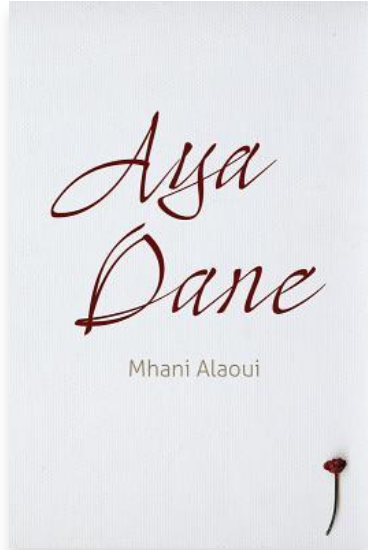

Aya Dane by Mhani Alaoui
Mhani Alaoui’s new novel, Aya Dane (Interlink 2018), provides a reflection on identity in the contemporary world. Alaoui teaches anthropology in Casablanca, where she grew up, and wrote her dissertation on immigration. This and her previous novel, Dreams of Maryam Tair: Blue Boots and Orange Blossoms (Interlink 2015), focus on women’s experiences and postcolonial realities.
Aya Dane is a mysterious novel, leading the reader on a journey through the experiences of a Boston artist who grew up in Morocco. It opens with an intriguing statement from the protagonist, as if we stepped into her home and found a letter in her place. It raises questions for the reader: Has she gone? Where? Why? Is she returning? Is she dead? What happened? The story alternates between present-day Boston and Aya Dane’s childhood in Tangier (spelled “Tangiers” in the book).
One of this novel’s contributions is its representation of a Moroccan’s experience of growing up in a postcolonial reality. Among the most formative moments of Aya Dane’s childhood is the day she inadvertently wanders into the private property of a wealthy man, and he shouts at her and releases his German Shepherd to chase her off the grounds. This experience challenges the romantic notions she had held of Tangier as an international city in which people of different backgrounds could come together to enjoy its beauty:
She also never again smiled when her mother told her stories of the Tangiers of old, of eccentric expats and wealthy foreigners. That was the day Aya buried Tangiers’ beauty and the dreamlike stories of its free, bygone years. That was also the day she understood that there was an ‘us’ and a ‘them,’ and that she would always be one of the ‘them’–strange, cut off, written out of her own story. The day she realized that she had been born on the wrong side of the world. (50)
This criticism reveals how rosy views of 1940s-50s Tangier tend to focus on Western perspectives, to the detriment of locals. Similarly, many Americans’ only association to Casablanca or Morocco is the film Casablanca (1942), which has no connection to life in Morocco. It was filmed in California, the cast is American, and Casablanca stands in as an exotic and imaginary location for an American story of World War II. For a recent and popular non-American example of representations of Morocco that denigrate Moroccans through their exclusion, consider the Spanish telenovela “El tiempo entre costuras” (English title: “The Time in Between”), which premiered in 2013 in Spain before being acquired by media in many other countries, including Netflix. It features no major Moroccan characters.
Alaoui reflects on this postcolonial blindness, providing a Moroccan character’s perspective. As translation supporters such as Words Without Borders remind us, reading literature can have political implications, providing one of the most effective tools for developing empathy. Alaoui allows English-language readers to develop their empathy for Moroccans and for everyone in postcolonial situations.
A second memorable contribution in Aya Dane is its exploration of immigration and displacement, from several different perspectives. First, the perspective of those who cross the Mediterranean in search of opportunity: “And still they try the crossing in the hopes that maybe they’ll be one of the lucky ones, one of those who sets foot on the shore on the other side” (155). This perspective parallels the experience of other groups of people from the global South, crossing borders to reach the global North. Second, the perspective of immigrant experiences, including nostalgia/homesickness and the crafting of identity in an attempt to belong:
No one ever wondered what reaching the other shore would be like. Or perhaps no one dared to dream beyond the passage. The dream was wrapped up in the excruciating desire of departure and arrival. Beyond, was a mystery shrouded in words gleaned here and there, fragments of stories, or fantasies. (155)
In this area, Mhani Alaoui’s latest novel dialogues with Chimamanda Ngozi Adichie’s novel Americanah (2013). Most fiction on immigration and displacement stops here, but Alaoui also includes a look at expatriates, drawing a distinction between expatriates and immigrants: “Expats do not have a real claim on the city of their choosing, nor do they care to have one. They are the traveling strangers, the privileged elite whose true wealth resides in their detachment, in the ties they are not obliged to honor” (161). Alaoui’s own experience, having lived extensively in Morocco and the U.S., combined with her anthropological training and work experience, make her well-situated to reflect on issues of identity in the contemporary world.
Finally, my personal favorite part of this novel is a minor detail in the narrative. Aya Dane has a teacher who encourages her, and who intervenes on her behalf at a crucial moment, enabling her access to resources that would allow her to fulfill her potential in any field she chose:
As Abensour Stirling was about to climb back into his vehicle, she touched his arm and, in a low, urgent voice, told him what he needed to know about Aya Dane. He turned slowly to face the small, nondescript woman whom he would never have noticed, but whose determination was a thing of heaven, something akin to the work of angels, and that, even he, with his cynicism, could see; and a smile lit his dead eyes. (170) For me, a rather sentimental reader, this teacher represents the candle in the darkness: that spark of hope, the willingness to step out to support the best in human potential.
First posted on Goodreads
View all my reviews

